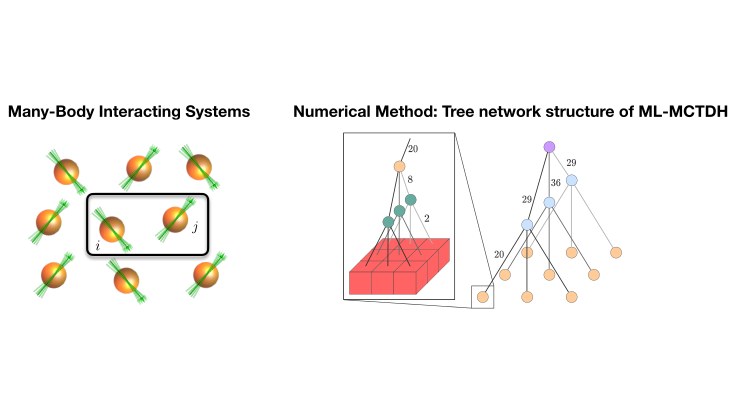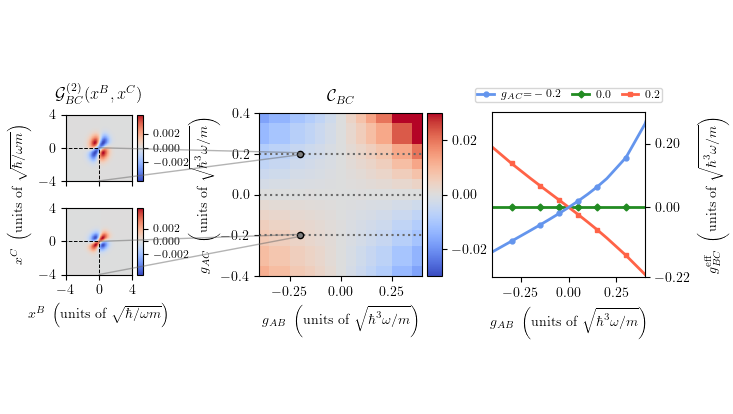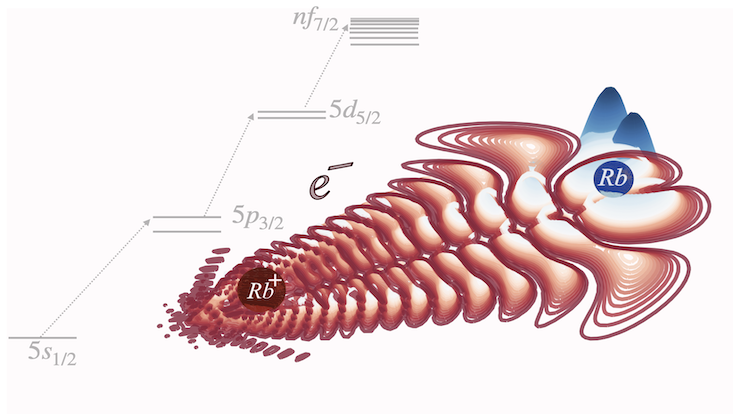Quantum Physics
Exploring disordered quantum spin models
19 September 2023

Photo: AG Schmelcher
Many phenomena that we find in nature are a result of the collective behaviour of constituent particles interacting with each other at the quantum level. Analytical descriptions of such strongly interacting many-body systems are very rare, and often a simplification to the actual picture. Thus, it is not uncommon to resort to sophisticated numerical methods for the theoretical investigation of many-body quantum systems. In this context, the physics of disordered many-body systems can be harder to investigate compared to ordered systems especially since the effects of disorder can have intriguing influence on the quantum correlations of the system. When compared to ordered systems, there is a shortage of numerical methods that can accurately model disordered many-body systems. In this work, we apply techniques borrowed from quantum chemistry to study such disordered systems and provide an alternative powerful numerical tool to study these systems.
Applicability of numerical methods to treat large quantum systems is limited by the computational effort which grows rapidly with system size. Furthermore, most of these numerical methods rely on making certain approximations which become questionable when dealing with strongly-correlated systems (see left Figure) where different parts of the system are intricately connected to each other, commonly referred to as ``entanglement” in the system. For many physically interesting scenarios like disordered systems, the entanglement can grow proportionately to system size making it harder for certain numerical methods to tackle them. Multi-layer multi-configurational timedependent Hartree (ML-MCTDH) is a method originating from quantum chemistry is applied for the first time to many-body quantum spin models. We successfully demonstrate the efficiency of this method to simulate large systems of disordered quantum spin models while describing its ground state characteristics in one and two spatial dimensions. The underlying ansatz of ML-MCTDH is to use a tree-like structure to represent the different degrees of freedom (see right Figure) thus providing the unique flexibility to treat large systems and can therefore also serve as a powerful numerical tool to study dynamics of many-body quantum systems.
Publication
F. Köhler, R. Mukherjee and P. Schmelcher
"Exploring disordered quantum spin models with a multilayer multiconfigurational approach"
Physical Review Research 5 (2), 023135 (2023)


